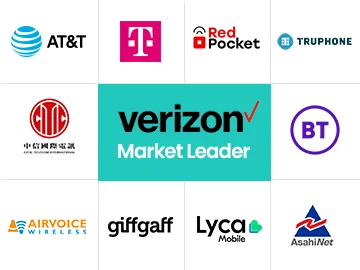Market Statistics
| Study Period | 2017 - 2030 |
| 2023 Market Size | USD 79.2 Billion |
| 2024 Market Size | USD 85.5 Billion |
| 2030 Forecast | USD 141.9 Billion |
| Growth Rate(CAGR) | 8.8% |
| Largest Region | Europe |
| Fastest Growing Region | Asia-Pacific |
| Nature of the Market | Fragmented |




